Table of content
Dumplings, or jiaozi in Chinese cuisine, are a beloved comfort food that transcends borders and cultures. These delicate pockets of dough, filled with aromatic and savory mixtures, have been cherished for centuries for their versatility and ability to bring families together. Among the myriad filling options, daikon radish (also known as white radish or lo bok) stands out as a refreshing, crunchy, and underrated ingredient. When combined with ground meat or served as a vegetarian option, daikon radish adds a subtle sweetness and moisture that elevates dumplings to new heights. This article explores the art of crafting daikon radish dumpling filling at home, from selecting the freshest ingredients to mastering the balance of flavors. Whether you are a seasoned home cook or a novice in the kitchen, this guide will equip you with the knowledge to create dumplings that burst with authentic taste and texture.
The Allure of Daikon Radish in Dumplings
Daikon radish, a long, cylindrical root vegetable with crisp white flesh and a mild, slightly peppery flavor, is a staple in Asian cuisine. Its high water content makes it an ideal ingredient for dumplings, as it keeps the filling moist without becoming soggy. When paired with ground pork, chicken, or shrimp, daikon radish lightens the richness of the meat while absorbing the umami-rich seasonings. For vegetarians, it serves as a hearty base, offering a satisfying crunch that mimics the texture of meat.
Beyond its culinary appeal, daikon radish is celebrated for its nutritional benefits. Rich in vitamin C, fiber, and antioxidants, it adds a healthful twist to indulgent dumplings. In traditional Chinese medicine, daikon is believed to aid digestion and promote detoxification—a bonus for those who savor these treats in moderation.
Ingredients: Building Blocks of Flavor
Creating the perfect daikon radish dumpling filling begins with assembling the right ingredients. While the recipe is flexible, certain components are essential to achieve the classic taste.
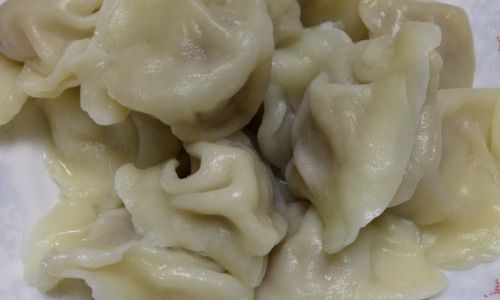
Core Ingredients
- Daikon Radish (1 medium, approximately 1.5 lbs): Choose a firm, unblemished radish with vibrant green leaves (a sign of freshness).
- Ground Protein (1 lb): Pork is traditional, but ground chicken, turkey, or a plant-based alternative like textured vegetable protein (TVP) works well.
- Aromatics:
- Fresh ginger (1 tbsp, minced): Adds warmth and depth.
- Garlic (2 cloves, minced): Enhances savory notes.
- Green onions (4 stalks, finely chopped): For a mild oniony flavor.
- Seasonings:
- Soy sauce (2 tbsp, light or regular): Provides saltiness and umami.
- Sesame oil (1 tsp): Imparts a nutty aroma.
- White pepper (½ tsp): A subtle spice that elevates the filling.
- Salt (1 tsp): To taste.
- Thickening Agent:
Cornstarch (1 tbsp): Helps bind the filling and absorb excess moisture.
Optional Additions for Customization
- Cilantro (¼ cup, chopped): For a fresh, herbal kick.
- Dried shiitake mushrooms (3-4, rehydrated and minced): Adds earthy richness.
- Shaoxing wine (1 tbsp): Enhances complexity (can substitute with dry sherry).
- Egg (1, lightly beaten): Acts as a binder for a cohesive texture.
Preparation: From Radish to Ready-to-Fill
The key to a memorable daikon radish dumpling filling lies in proper preparation. Each step—from grating the radish to marinating the meat—contributes to the final flavor profile.
Preparing the Daikon Radish
- Grate or Shred: Peel the daikon and grate it using a box grater or food processor. Aim for fine shreds to ensure even cooking.
- Salt and Drain: Transfer the grated radish to a colander, sprinkle with 1 tsp of salt, and toss gently. Let it sit for 15–20 minutes to draw out excess moisture. This step prevents the filling from becoming watery.
- Squeeze Dry: Wrap the radish in a clean kitchen towel or cheesecloth and wring out as much liquid as possible. The radish should feel dry to the touch but retain its crunch.
Marinating the Ground Protein
- Season the Meat: In a large mixing bowl, combine the ground protein with soy sauce, sesame oil, white pepper, and minced ginger and garlic. For an extra layer of flavor, add Shaoxing wine.
- Massage and Marinate: Use your hands to mix the ingredients thoroughly. Let the meat marinate for 10–15 minutes while preparing the radish.
Combining Ingredients
- Mix Filling: Add the squeezed daikon radish, chopped green onions, and cornstarch to the marinated meat. If using cilantro or mushrooms, incorporate them now.
- Adjust Seasoning: Taste a small portion of the filling (fry it in a pan if raw meat is a concern) and adjust salt, pepper, or soy sauce as needed.
- Chill: Cover the bowl and refrigerate for 30 minutes. Chilling firms the filling, making it easier to handle when assembling dumplings.
Pro Tips for Perfect Texture and Flavor
- Balance Moisture: Overly wet filling leads to soggy dumplings. Always drain the radish thoroughly and avoid over-seasoning with liquid ingredients like soy sauce.
- Uniform Grinding: Ensure the meat is finely ground to create a cohesive texture. Coarsely ground meat may result in a chunky filling.
- Flavor Layering: Marinate the meat first to allow the seasonings to penetrate, then add the radish to retain its crispness.
- Don’t Overmix: Overworking the filling can make it tough. Mix gently until just combined.
Variations to Explore
One of the joys of homemade dumplings is the freedom to experiment. Here are creative twists on the classic daikon radish filling:
Vegetarian Delight
Replace meat with crumbled tofu or rehydrated TVP. Sauté the tofu with soy sauce and sesame oil until golden brown before mixing with the radish. Add finely chopped wood ear mushrooms for texture.
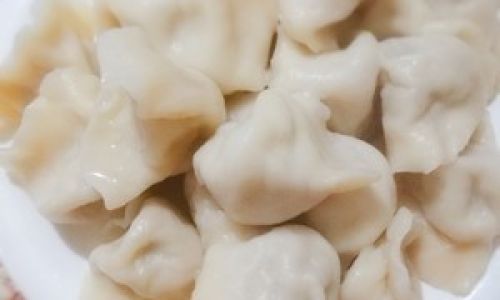
Spicy Kick
Incorporate 1–2 tbsp of chili oil or a pinch of red pepper flakes into the filling. Serve with a dipping sauce of soy sauce, vinegar, and sliced jalapeños.
Seafood Sensation
Use a mixture of ground shrimp and daikon radish. Add a splash of fish sauce and a handful of chopped cilantro for a coastal-inspired filling.
Regional Twists
- Northern China: Add a splash of black vinegar and a pinch of five-spice powder.
- Southern China: Include diced water chestnuts for extra crunch.
Troubleshooting Common Issues
Even experienced cooks encounter hiccups. Here’s how to fix common problems:
-
Filling Too Wet:

- Solution: Add 1–2 tbsp of breadcrumbs or extra cornstarch to absorb moisture.
-
Bland Flavor:
- Solution: Boost umami with a splash of oyster sauce or a sprinkle of MSG (optional).
-
Radish Overpowering:
- Solution: Balance the radish’s crunch by increasing the meat ratio or adding sautéed aromatics like carrots or celery.
-
Filling Falling Apart:
- Solution: Ensure the meat is finely ground and the filling is thoroughly chilled before assembling dumplings.
Storing and Freezing Tips
- Refrigeration: Leftover filling can be stored in an airtight container for up to 2 days.
- Freezing: Portion the filling into freezer-safe bags, flattening them to remove air. Use within 3 months. Thaw overnight in the refrigerator before using.
Serving Suggestions
Dumplings are a feast for the senses, especially when paired with complementary sides and dips:
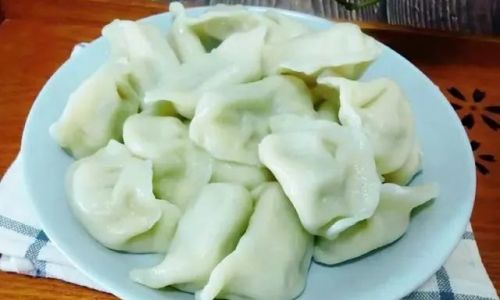
- Dipping Sauces: Combine soy sauce, rice vinegar, chili oil, and minced garlic.
- Sides: Steamed vegetables, pickled daikon, or a light cucumber salad.
- Beverages: Green tea, jasmine tea, or a crisp lager.
The Cultural Significance of Dumplings
Dumplings are more than food in many cultures—they symbolize unity, prosperity, and tradition. During Chinese New Year, families gather to fold dumplings together, a practice believed to bring good fortune. The shape of dumplings resembles ancient Chinese gold ingots, signifying wealth. By making daikon radish dumplings at home, you not only savor a delicious meal but also participate in a timeless ritual of togetherness.
Conclusion: A Labor of Love
Crafting daikon radish dumpling filling is an act of patience and creativity. Each step—from grating the radish to sealing the dumplings—requires care, but the reward is a dish that delights the palate and nourishes the soul. Whether you stick to the classic recipe or venture into innovative variations, the key is to embrace the process and share the results with loved ones. So, roll up your sleeves, dust your workspace with flour, and let the aroma of sesame oil and fresh dumplings fill your kitchen. Your journey to dumpling mastery starts here.
Final Tip: Don’t strive for perfection on your first try. The beauty of homemade dumplings lies in their imperfections—each one a testament to your effort and love. Bon appétit!
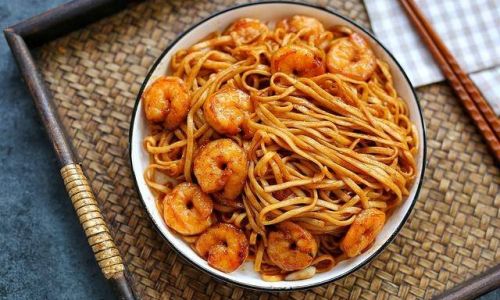



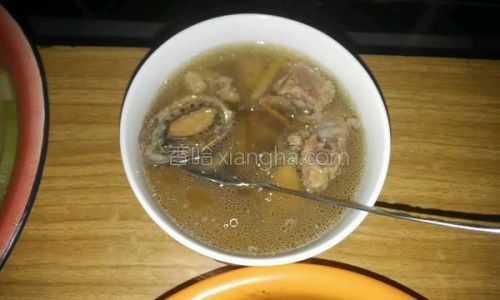
0 comments